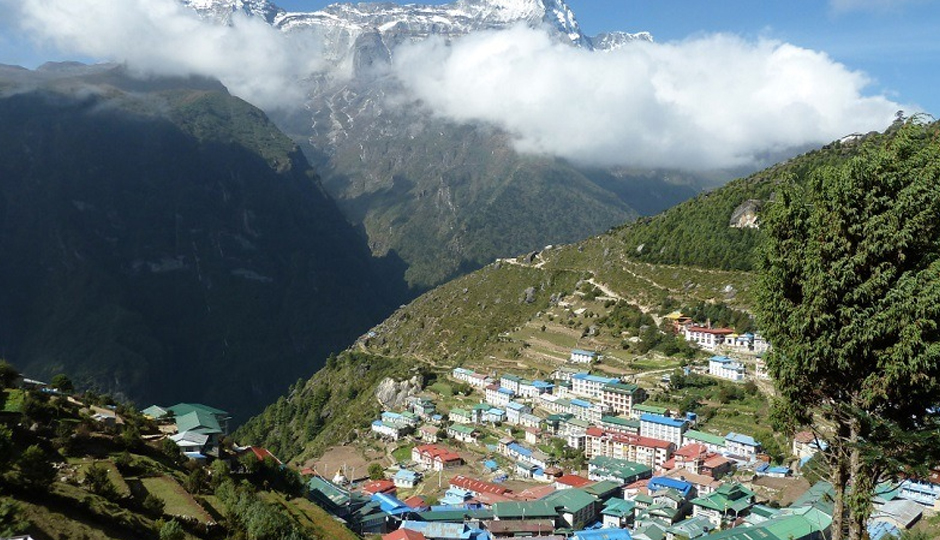11 Tourist Places To Visit In Old Delhi
By: Priyanka Maheshwari Mon, 30 May 2022 8:19:32
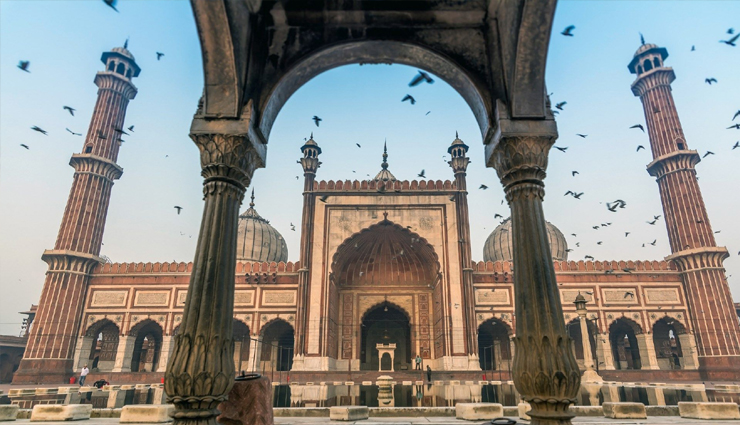
Old Delhi, about 6 km (4 miles) north of the city center, is in a state of decay. The old havelis (mansions) that line the galis (side lanes) of Chandni Chowk, the main artery of this old district, are architecturally stunning but cry out for repair. The whole area is extremely crowded. Still, Old Delhi’s monuments—Lal Qila and Jama Masjid—are magnificent, and Chandni Chowk is great fun to explore.
The Bombay Beads Centre at 2030 Kinari Bazaar is your next land-mark; directly across from this shop is one of Chandni Chowk’s most beautiful lanes, Naughara Gali, where beautiful old havelis, home to a community of Jains, are done up, in art-deco colors—aquas, pinks, yellows. At the end of this peaceful lane is the exquisite Jain Sweitana Temple, with a white-marble elephant head on the railing and gleaming brass doors. Even if the temple is closed, Naughara Gali is an oasis, an ideal temporary escape from Chandni Chowk’s bustle.
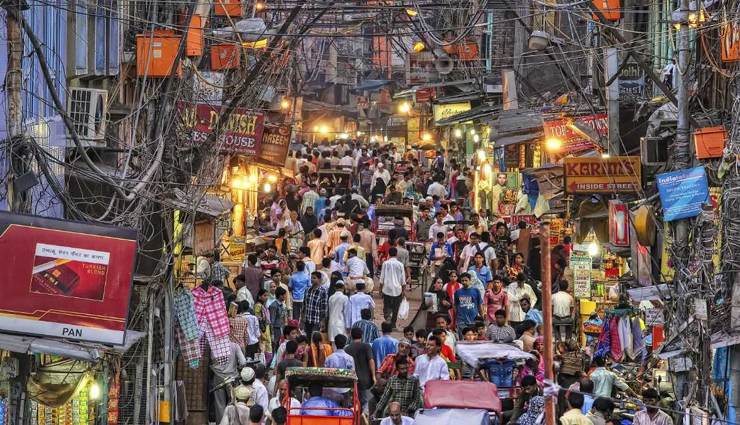
# Chandni Chowk
Chandni Chowk is Delhi’s former imperial avenue, where the Mogul emperor Shah Jahan rode at the head of his lavish cavalcade. Today, bullock carts, taxis, private cars, dogs, cows, auto-rickshaws, bicycles, horse-drawn tongas, and pedestrians plow indiscriminately through the congestion.
If you suffer from claustrophobia you’re in trouble; if not, you’re in for an adventure. As in the days of the Moguls, astrologers set up their charts on the pavement; shoemakers’ squat and repair sandals and other leather articles, blithely ignoring the human swirl around them; sidewalk photographers with old box cameras take pictures for a small fee; medicine booths conceal doctors attending to patients; and oversize teeth grin from the windows of dentists’ offices.
Peer through a portico and you might see men getting shaved, silver being weighed, or any other conceivable form of commerce, while outside a cow lies complacently on the street.
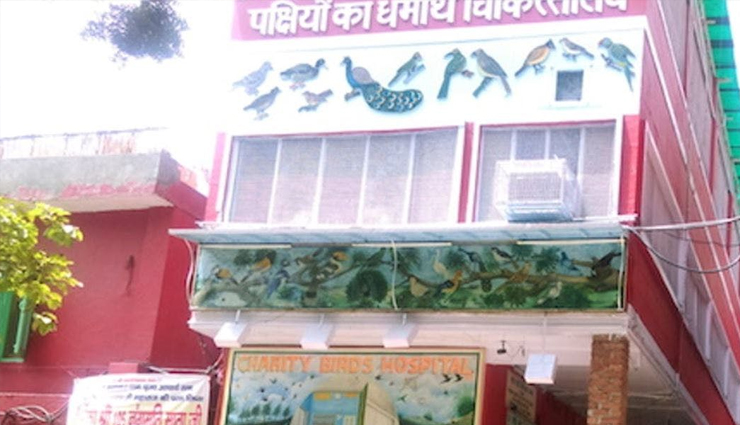
# Charity Birds Hospital
Across from Lal Qila is a delightful and unusual attraction: a hospital not for humans, but primarily for birds. Founded by Jams in 1956, the hospital is modest, but it shows how tender loving care can stretch limited funds.
Vegetarian birds (and rabbits) are treated inside on three floors, and carnivorous birds and other needy animals are treated in the courtyard. There’s even an intensive-care ward and a research laboratory.
Bathed, fed, and given vitamins, the healthy birds refuse to leave, and that’s how you can spot the building—flocks of birds swirl around its roof.
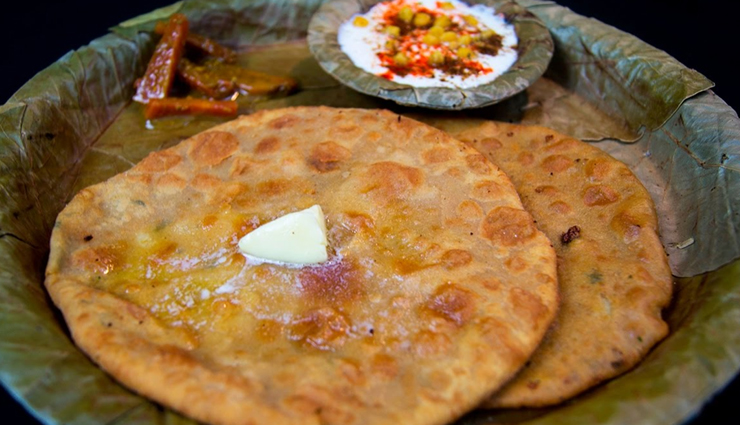
# Gali Paranthe Wali
This congested, narrow lane is filled with shops selling exquisite saris, including the well-known Ram Chandra Krishan Chandra’s, where you can peruse some of the finest fabrics in India.
The lane is named for the fabulous parathas (flat fried breads) also sold here, in simple open-air eateries. Stuffed with a variety of fixings, such as radishes, cheese, and seasonal vegetables, they’re a real treat (just bring Handi Wipes).

# Jama Masjid
A splendid Islamic declaration in red sandstone and marble, India’s largest mosque was completed in 1656 by 5,000 laborers after six years of work. It was the last monument commissioned by the Mogul emperor Shah Jahan.
Three sets of broad steps lead to two-story gateways and a splendid yard with a square ablution tank in the center. The whole space is enclosed by pillared corridors with domed pavilions in each corner. Thousands collect to hope in this yard, particularly on Friday, which is why the Jana Masjid is also called the Friday Mosque.
The mosque is typically Mogul, with an onion-shaped dome and tapering minarets. However Shah Jahan included an innovation: the novel stripes adding and down the well-proportioned marble domes.
The entire structure breathes peace and serenity– climbs up the open minaret to see how carefully the mosque contrasts with the business streets around and below it. Inside the prayer hall (which you can only enter after a routine purification at the ablution tank), the pulpit is sculpted from a single piece of marble. In one corner is a room where Shah Jahan in-stalled the marble footprints of the Prophet Mohammed.

# Lal Qila
This is the greatest of Delhi’s cities, outdoing even Lutyens’s Imperial City in majesty. Built behind red sandstone walls i that gave the fort its name, the Red Fort is Shah Jahan’s 17th-century statement of Mogul power and elegance.
Try to imagine imperial elephants swaying by with their mahouts (elephant drivers), a royal army of eunuchs, court ladies carried in palanquins, and other vestiges of Shah Jahan’s pomp.
The view of the main entrance, called Lahore Gate, flanked with towers and facing Chandni Chowk, is blocked by a barbican (gatehouse), which the paranoid Aurangzeb included for his individual security- much to the sorrow of Shah Jahan, his daddy.
From his jail, where he was held captive by his power-hungry child, Shah Jahan composed, “You have actually made a bride-to-be of the palace and thrown a veil over her face.”

# Sisganj Gurdwara
A Sikh shrine near the police station on Chandni Chowk, Sisganj Gurdwara is a restful place to take a break from the crowds. It marks the site where Aurangzeb beheaded Guru Teg Bahadur in 1675 when the guru refused to convert to Islam. Women must cover their heads.

# Bangla Sahib Gurudwara
Less than a mile (2 km) from Connaught Place, this gurdwara (Sikh temple) is always full of activity—no surprise given Delhi’s huge Sikh population, most of whom came here as refugees from Pakistan in 1947. Today the Sikhs are a prosperous group, many arriving for prayers by car or motorcycle.
If you can’t make it to Amritsar to see the Golden Temple, by all means come to Bangla Sahib to see Sikhs worship and to admire the distinctively ostentatious style of their temples. Like Sikhism itself, gurdwaras reflect both the symmetry of Mogul mosques and the chaos of, Hindu temples.
Bangla Sahib is built of blinding white marble with a shiny, gold onion dome on top. There is a large tank of water off to the right, surrounded by a deep marble veranda that offers relief from the sun on hot days.

# Bahai Temple
The Bahai Temple celebrates the lotus flower, symbol of purity throughout India, and the number nine, which represents the highest digit and, in the Bahai faith, unity. The nine pools on the elevated platform signify the green leaves of the lotus and cool the stark, smooth, elegant interior.
The sleek structure has two layers: nine white marble-covered petals that point to heaven, and nine petals that conceal the portals. From a short distance, it looks like a fantastic work of origami rising out of the earth. The interior conforms to that of all Bahai temples: There are no religious icons, just copies of the Holy Scriptures and sleek wooden pews. Completed in 1986, the temple was designed by Fariburz Sahba, an Iranian-born Canadian architect.
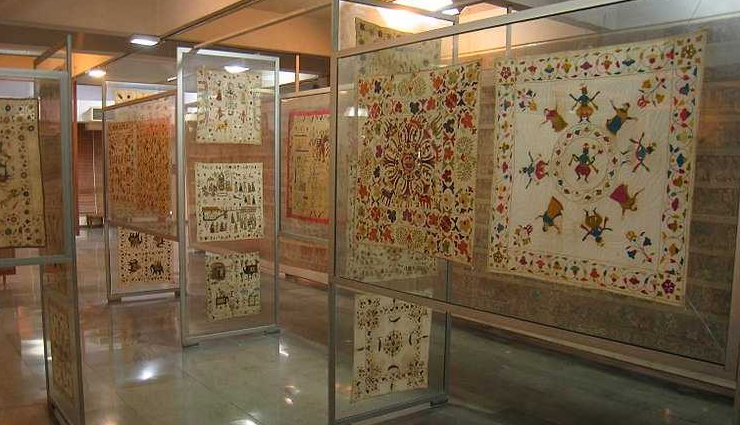
# Crafts Museum
Designed by the architect Charles Correa, this charming complex houses more than 20,000 artifacts and handicrafts from all over India. Located near the Old Fort, it’s a great respite from Delhi’s crowds and intensity, with terra-cotta sculptures from Tamil Nadu dot-ting the spacious grounds. The Folk and Tribal Art Gallery—a delightful mix of village and tribal India—has objects fashioned out of locally available materials, highlighting in various ways the mythology, ingenuity, and whimsy that characterize so much of India’s folk art.
A wooden temple car (built to carry deities in festive processions) stands in an open courtyard that leads to more buildings, including a lavishly decorated two-story Gujarati haveli. The Courtly Crafts section illustrates the luxurious lifestyle of India’s onetime royalty.
An upper floor celebrates the country’s superb saris and textiles: brocades, embroideries, mirror work, and appliqués. In the village complex, with replicas of rural homes, artisans demonstrate their skills (weather permitting) and sell their creations. The museum has a shop and a snack bar.
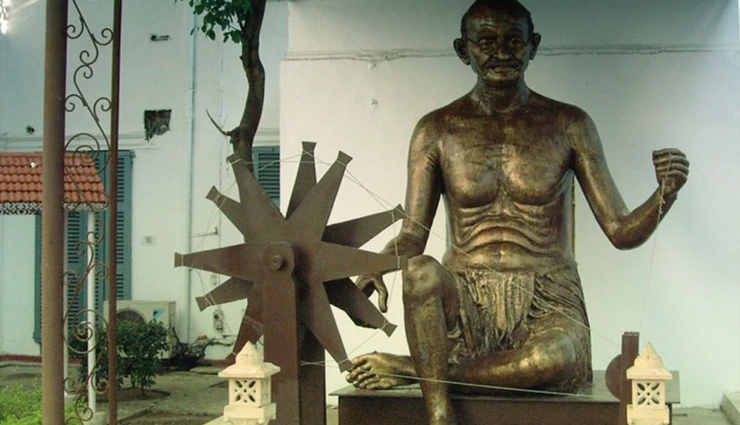
# Gandhi Smriti
While Mahatma Gandhi lived a life of voluntary poverty, he did it in some attractive places. It was in this huge colonial bungalow, designed by a French architect for Indian industrialist G. D. R. Birla that Gandhi was staying as a guest when he was assassinated. Gandhi’s bedroom is just as he left it, with his “worldly remains” (only 11 items, including glasses and a walking stick) mounted on the wall. Pictures and text tell the story of Gandhi’s life and the Independence movement; there is also a collection of dioramas depicting events in Gandhi’s life.

# Hauz Khas
The road south to the village of Hauz Khas is lined on both sides by ancient stone monuments, and the entire village itself is dotted with domed structures, the tombs of minor Muslim royalty from the 14th to the 16th centuries. At the end of the road, all the way through the congested little village, is the tomb of Firoz Shah Tughluq; who ruled Delhi in the 14th century. Hauz Khas means “Royal Tank,” referring to the now empty artificial lake visible from Firoz Shah’s pillared tomb.
The tank was actually built a century earlier by Allaudin Khiji as a water source for his nearby fort, and then called Siri (the second city of Delhi; now the Asian Games Village, having housed athletes).
Firoz Shah repaired the tank and built the now crumbling madrasa (Islamic college) on the edges of the tank. Wander around the ruins at leisure, and if you have energy left over, walk around the large tank with South Delhi’s exercisers.





